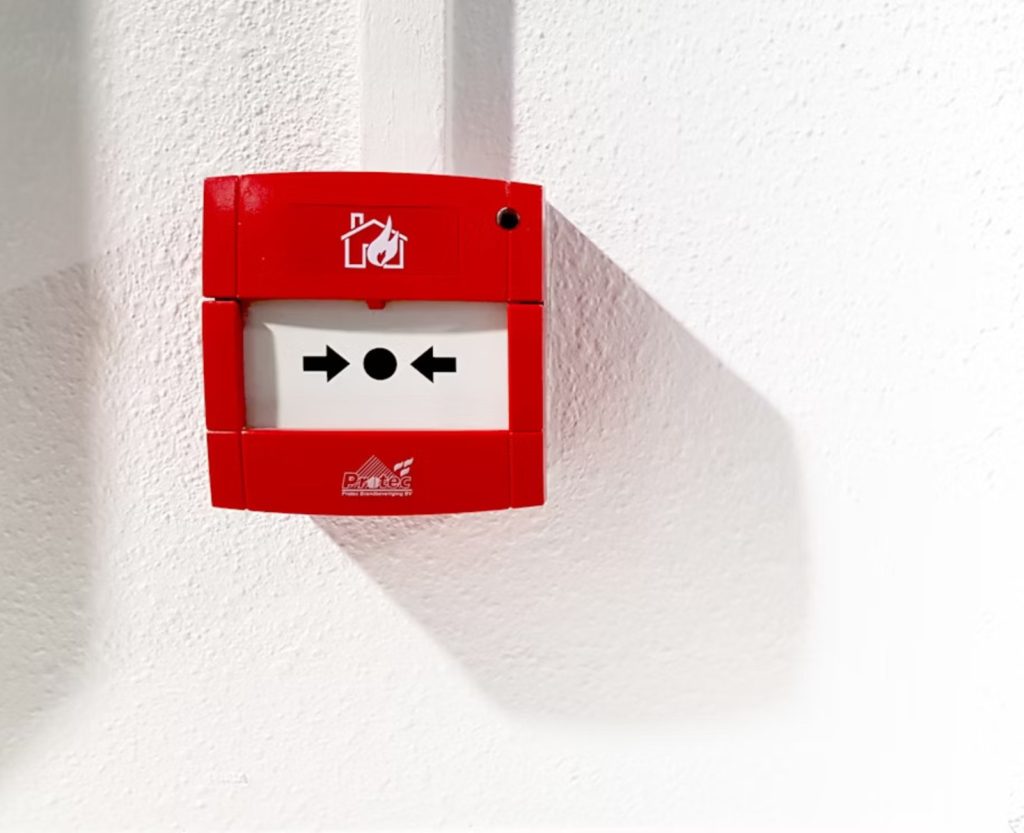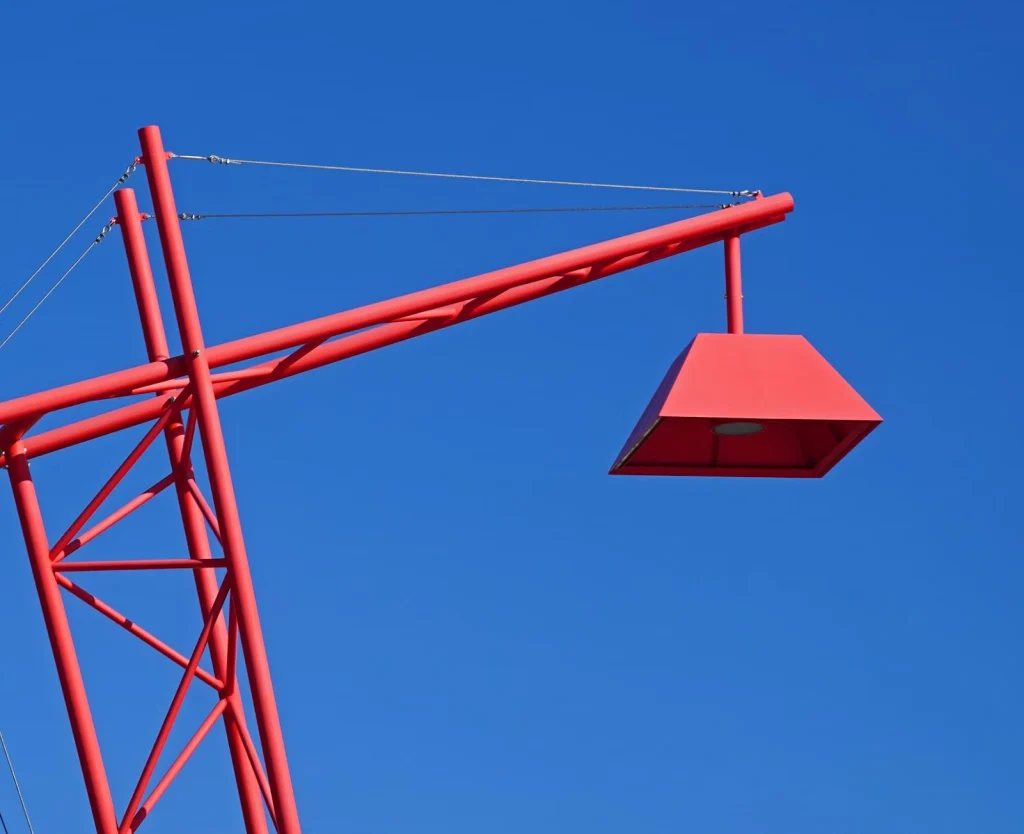What is single page app
A SPA (Single Page Application) is a website in which the current page is dynamically updated rather than being completely downloaded from a server. In other words, your web application’s code (HTML, CSS, JavaScript) only needs to be loaded once. All contents and elements that require updating are fetched and re-rendered as the user navigates through the web application. Thus, the user doesn’t have to reload the browser.
This eliminates the need for the traditional round trip between the browser and the server, resulting in faster interactions and higher user satisfaction. You most likely use SPA without even realizing it.
Have you noticed how most social media websites have the same vibe? It’s because they all use SPAs to improve the user experience and create a constantly updated news feed.
Here are a few notable SPAs that you are probably familiar with:
- Gmail
- Netflix
- Maps by Google
What is progressive web app
In contrast to SPA, Progressive Web App (PWA) is more like a set of guidelines and checklists than a specific architecture. Like traditional web apps, it’s also delivered through the web but interacts with users like software or mobile apps. However, traditional web apps require the Internet for accessibility and usability, while you can use PWA perfectly offline. Plus, it can operate as a mobile app and web page for some devices.
If you are an Android user, you can experience Twitter PWA right now. First, use your browser to open the Twitter website, then click install/ add to the home screen, and the PWA will be saved to your home screen. You don’t need to download the Twitter app from the store.

PWA is recognized and differs from SPA in several ways, primarily in its architecture and how it works. PWA are always served from a secure origin via HTTPS. Service workers act as a proxy between the browser and the network and are in charge of caching the website’s assets and intercepting network requests, resulting in offline availability and other features such as push notifications.
The pros & cons of SPA and PWA
Single Page Application vs Progressive Web Application both provide distinct user experiences. But what exactly is the distinction? Let’s look at them to see how they can improve your business and customer experience with Synodus explanation.
| SPA | PWA | |
|---|---|---|
| Pros | Boost site speed: After the first visit, all HTML and CSS (presentation resources) are downloaded right away, so SPAs load much faster than traditional websites because only new and necessary content is sent. Its ability to exchange data quickly is ideal for heavily navigated sites with repeating templates. Enhance user experience: It responds to user requests much faster and reduces potential customers’ frustration with the page-loading process. Store cached data locally to allow offline functionality: It caches from the initial request, and even in poor or no network conditions, SPA can continue functioning and restoring after. | An app-like appearance and functionality: A PWA can provide advanced satisfaction to users by combining the best features of an application and a website: an exact look and feel of a native app while also helping the site rank and remain an SEO-friendly website. Provide a quick and easy installation: Its icon on the home screen saves users from some time-consuming and frustrating steps to download the app. Enhanced security: You can feel safer when shopping online. PWAs use HTTPS to increase data security and reduce the risk of security issues. Improve Engagement: PWA reduces loading time to 2.75 seconds on average. Their dependability and responsiveness can increase customer engagement. PWAs can be accessed even when internet access is limited or unavailable. Doesn’t take much data and phone storage compared to the native apps. |
| Cons | A much slower first load: Because a SPA places a significant amount of load on the browser, it has a much slower first-page load speed than a traditional website. Run the risk of memory leaks: Event listeners in SPAs can cause memory leaks on users’ devices. Because SPA is a page that rarely reloads, the longer it runs, the worse memory leaks become. Face the following security issues: Hackers can exploit SPA due to cross-site scripting and the fact that it does not reload new pages. SEO issues: Search Engine Optimization is heavily reliant on HTML content, and a SPA has fewer pages with unique URLs, and keywords lead to a lower site rank. This is a major issue for any eCommerce business because SEO is critical for helping customers find a company’s website. There is no way to return: A SPA only changes the necessary content instead of loading the entire page and updating the URLs. SPA does not save browsing history and allows users to navigate back and forth (unless you make a button that allows them to do so) | PWAs do not receive full support on iOS devices: PWAs are incompatible with older iOS devices, requiring at least iOS 13. Have fewer features than a native app: Some features that PWAs lack or do not fully support: Bluetooth or phone numbers. PWAs consume more battery than standard websites because devices must work harder to interpret the complex codes used to create PWAs. |
Comparison: single page application vs progressive web application
Similarities
These two architectures, which are both new and revolutionary technologies, provide their users with an app-like, engaging experience that is vastly different from traditional websites. At first glance, progressive web apps vs single page apps appear to be the same; however, the underlying processes that enable all these experiences are different.
To build a SPA & PWA, you can leverage some common frameworks to make the job easier. Some of the tools can create both SPA or PWA. For more detailed, learn the top 10 Single Page Application Frameworks and the Best to use Progressive Web Apps Frameworks
Differences
The difference between single page app and progressive web app impact their innovation and engagement for users. Let look at how they differ in terms of:
- Speed: PWAs can outperform SPAs in terms of speed. This is possible because PWAs can deal with excessive JavaScript overhead using service workers. Thus, the JavaScript footprint is reduced in progressive web apps.
- Cost: SPA development is typically more efficient and less expensive than PWA development. Ready-made libraries and frameworks provide powerful tools for developing SPA applications. Because PWA uses cutting-edge technology, it comes at an additional cost. Not to mention that the development of a PWA can take weeks or even months because the process is not as streamlined as that of a SPA.
PWAs: $2000 – $20.000
SPAs: $1500 – $12.000
Many factors influence your building costs, including your developer’s rate, the project’s complexity, your preferences, and customizations, all of which should be considered.
- SEO-friendly: This is due to the fact that Progressive Web Apps are built with standard HTML, CSS, and JavaScript, whereas Single Page Apps are built with frameworks like React or Angular. Plus, the content on SPA changes within the page, so it will be challenging for the search engine to read and identify what the users are looking for. Therefore, search engines can crawl and index Progressive Web Apps more easily.
- User Interaction: PWA is the clear winner. Since it offers a more practical, convenient, efficient, and valuable experience. It enables users to interact with the application more actively by receiving push notifications. While SPA still operates on a browser, which means it can be closed, and information might be lost. SPA doesn’t impact user engagement as much as PWA.
- UX/UI: Although both approaches enable you to create an app-like look and feel, PWAs are more engaging and dependable when using an unstable connection.
- Security: Security concerns must be addressed more thoroughly in developing a SPA. Cross-Site Scripting (XSS) is a vulnerability that allows attackers to inject malicious code into a website so that the user’s browser executes the code. You must thoroughly test your SPA to prevent such attacks. Because all PWA connections go through a secure HTTPS origin, PWAs have far fewer security issues
- Accessibility: PWAs, unlike SPAs, always have a manifest file, which makes them downloadable, installable, and easily accessible.
PWA vs SPA – Which will be the future of web development
With the comparison, you probably think PWA is superior to SPA, which means it will be the future of Web Development, right?
The truth is both PWA and SPA will be the future, and there isn’t “this better than that.” Even though PWA has more advanced features and advantages than SPA, single-page applications can still outweigh PWA in some cases.
PWA might work best for existing users. They already know about your brands and website, so PWA can be a good way to retain and keep the users engaged. However, with a newcomer, a SPA is easier to reach since they don’t need any installment. It’s suitable for a quick trial experience before moving on to the next step.
Remember that SPA is also more affordable and easier to deploy than PWA. Thus, it can still be a good substitute if you are an SMB or SME.
Wrapping up
Understanding the difference between single page app and progressive web app, businesses can make a suitable choice in terms of technology and development. Both web applications have pros and cons. When choosing between them, you need to consider other factors such as cost, resources, target audience, current users, and the nature of your products.
How useful was this post?
Click on a star to rate it!
Average rating / 5. Vote count:
No votes so far! Be the first to rate this post.




